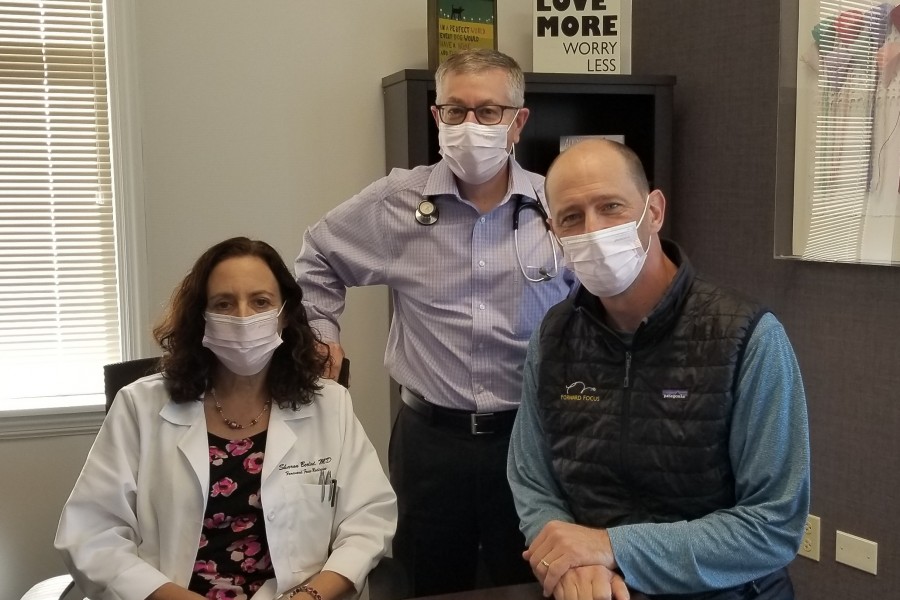News: October - Breast Cancer Awareness Month
SOME FACTS:
· Death rates have been steady in women under 50 since 2007 but have continued to drop in women over 50. The overall death rate from breast cancer decreased by 1.3% per year from 2013 to 2017. These decreases are thought to be the result of treatment advances and earlier detection through screening.
· Besides skin cancer, breast cancer is the most diagnosed cancer among American women. In 2020, it is estimated that about 30% of newly diagnosed cancers in women will be breast cancers.
· Breast cancer incidence rates in the U.S. began decreasing in the year 2000, after increasing for the previous two decades. They dropped by 7% from 2002 to 2003 alone. One theory is that this decrease was partially due to the reduced use of hormone replacement therapy (HRT) by women after the results of a large study called the Women’s Health Initiative were published in 2002. These results suggested a connection between HRT and increased breast cancer risk. In recent years, incidence rates have increased slightly by 0.3% per year.
· A woman’s risk of breast cancer nearly doubles if she has a first degree relative (mother, sister, daughter) who has been diagnosed with breast cancer. Less than 15% of women who get breast cancer have a family member diagnosed with it.
· About 85% of breast cancers occur in women who have no family history of breast cancer. These occur due to genetic mutations that happen because of the aging process and life in general, rather than inherited mutations.
· About 5-10% of breast cancers can be linked to known gene mutations inherited from one’s mother or father. Mutations in the BRCA1 and BRCA2 genes are the most common. On average, women with a BRCA1 mutation have up to a 72% lifetime risk of developing breast cancer. For women with a BRCA2 mutation, the risk is 69%. Breast cancer that is positive for the BRCA1 or BRCA2 mutations tends to develop more often in younger women. In increased ovarian cancer risk is also associated with these genetic mutations. In men, BRCA2 mutations are associated with a lifetime breast cancer risk of about 6.8%; BRCA1 mutations are less frequent cause of breast cancer in men.
SOME RECOMMENDATIONS:
1. Schedule a screening mammogram starting at 40 years old – earlier if there is a family history of breast cancer.
2. Schedule a breast exam by a physician at least once a year.
3. Contact your physician with any breast lump, dimpling or nipple discharge.

